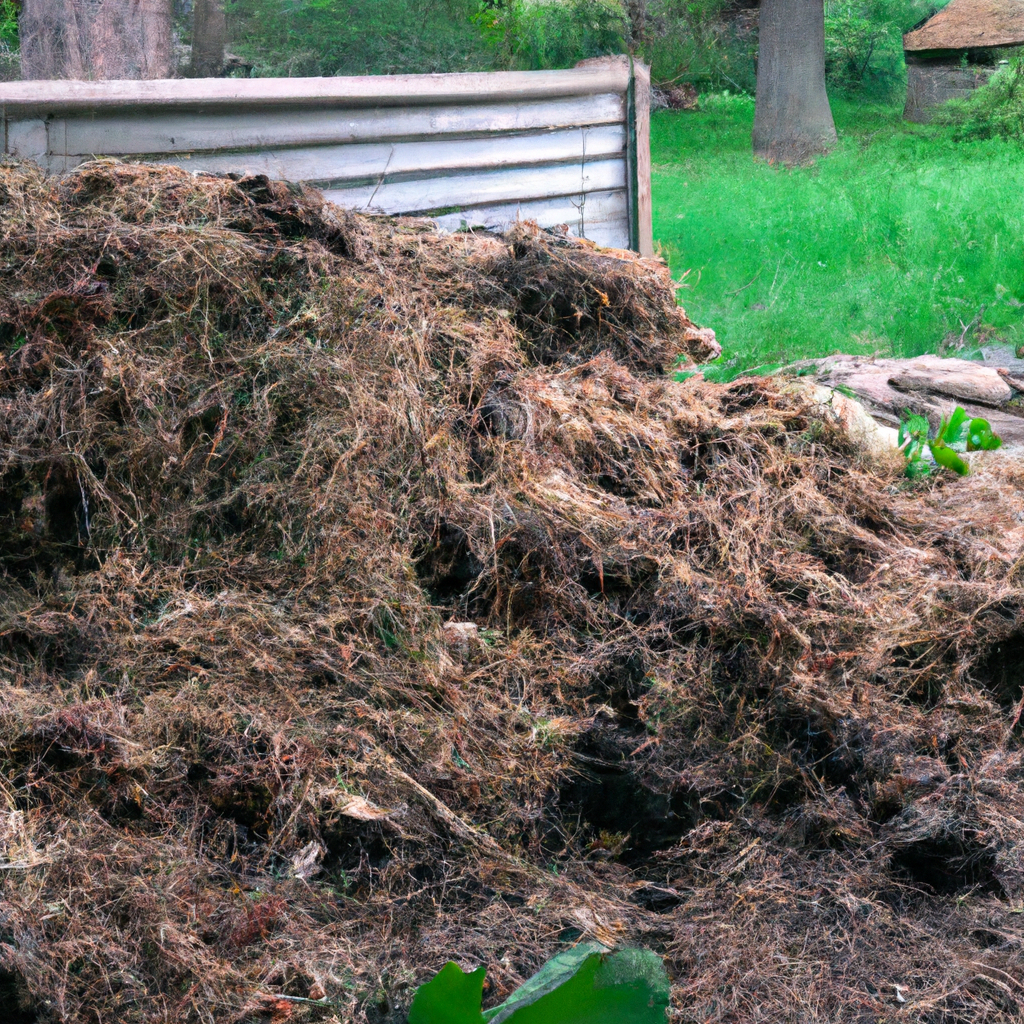Composting is an eco-friendly and sustainable way of reducing waste while also enriching the soil for organic gardening. Backyard composting is an excellent way for beginners to start composting and reduce their carbon footprint. In this article, we will discuss how to make a compost pile in your backyard, composting tips, and gardening tips for beginners.
Choosing the Right Location
The first thing to consider when making a compost pile is the location. You need to choose a spot that is convenient for you to access and has enough space for the compost pile. The ideal location should be in a shaded area where the pile is protected from direct sunlight and rain. Keep in mind that the compost pile needs to be kept moist, so a location near a water source is ideal.
Building the Compost Pile
The next step is to build the compost pile. You can use a compost bin or simply create a pile on the ground. If you are using a compost bin, make sure to follow the manufacturer’s instructions for setting it up. If you are creating a pile on the ground, follow these steps:
1. Start by laying down a layer of twigs or small branches at the bottom of the pile. This allows for good drainage and airflow.
2. Add a layer of brown material, such as dried leaves, twigs, or newspaper. This provides carbon for the compost pile.
3. Add a layer of green material, such as kitchen scraps, grass clippings, or fresh leaves. This provides nitrogen for the compost pile.
4. Repeat the layers of brown and green material until the pile is about three feet high.
5. Water the pile until it is moist but not soaking wet.
6. Cover the pile with a tarp or other cover to keep it from drying out.
Maintaining the Compost Pile
Once you have built the compost pile, you need to maintain it. Here are some tips for maintaining your compost pile:
1. Turn the pile every two to three weeks using a pitchfork or shovel. This helps to aerate the pile and speed up the composting process.
2. Keep the pile moist by watering it as needed. If the pile is too dry, it will slow down the composting process.
3. Add new material to the top of the pile and mix it in with the existing material.
4. Avoid adding meat, dairy, or oily foods to the compost pile as they can attract pests and slow down the composting process.
5. Use a compost thermometer to monitor the temperature of the pile. The ideal temperature range for composting is between 130°F and 160°F.
6. The compost pile should be ready in three to six months. You will know it is ready when it looks like dark, rich soil and has a sweet earthy smell.
Using the Compost
Once your compost pile is ready, you can use it in your organic garden to enrich the soil. Here are some tips for using your compost:
1. Use it as a soil amendment by mixing it into your garden soil before planting.
2. Use it as a top dressing by spreading it over the soil around your plants.
3. Use it as a mulch by spreading it over the soil around your plants to retain moisture and suppress weeds.
Conclusion
Making a compost pile in your backyard is an excellent way to reduce waste and enrich your soil for organic gardening. By following the tips outlined in this article, you can create a successful compost pile and use it to grow healthy, eco-friendly plants. Remember to choose the right location, build the pile with the right materials, and maintain it properly to get the best results. Happy composting!







